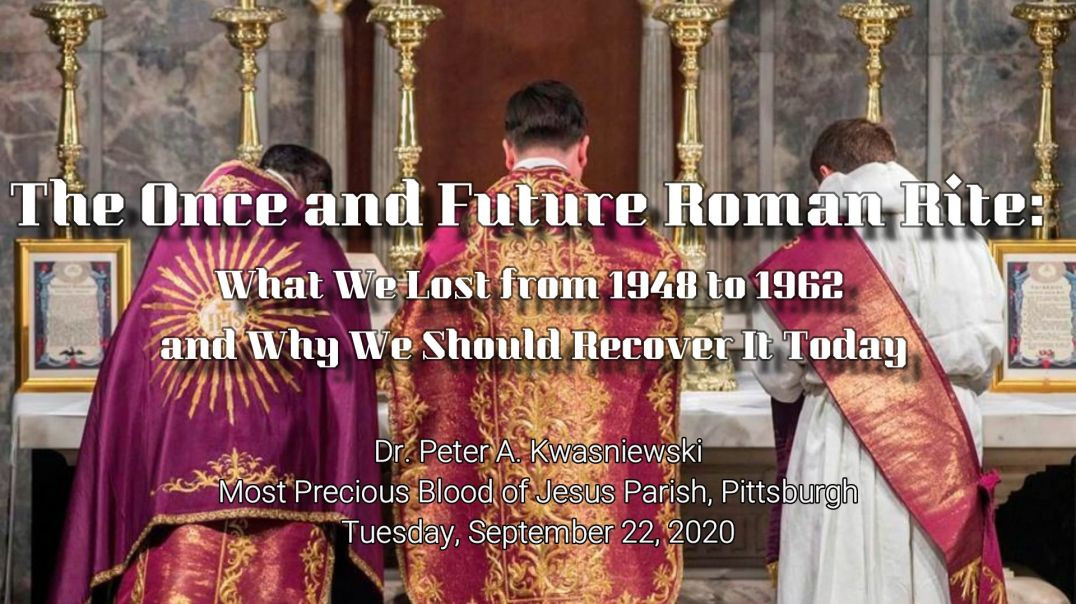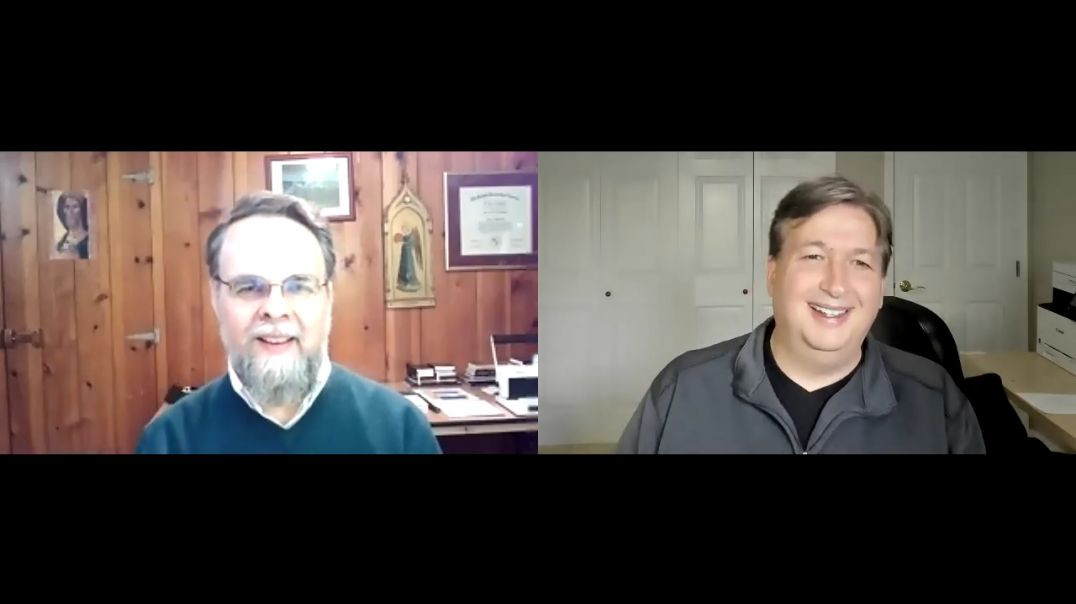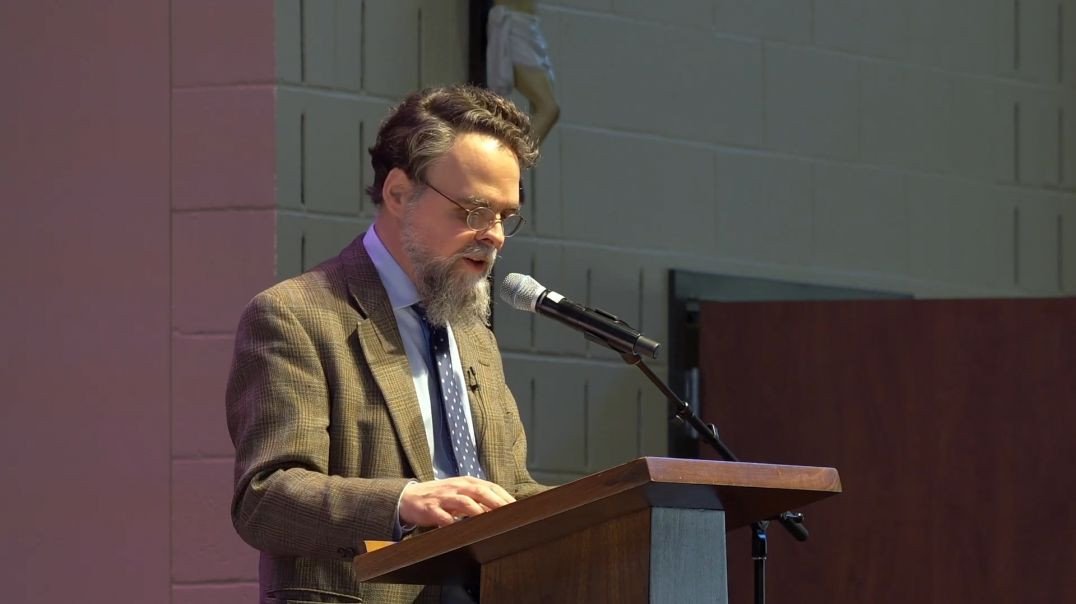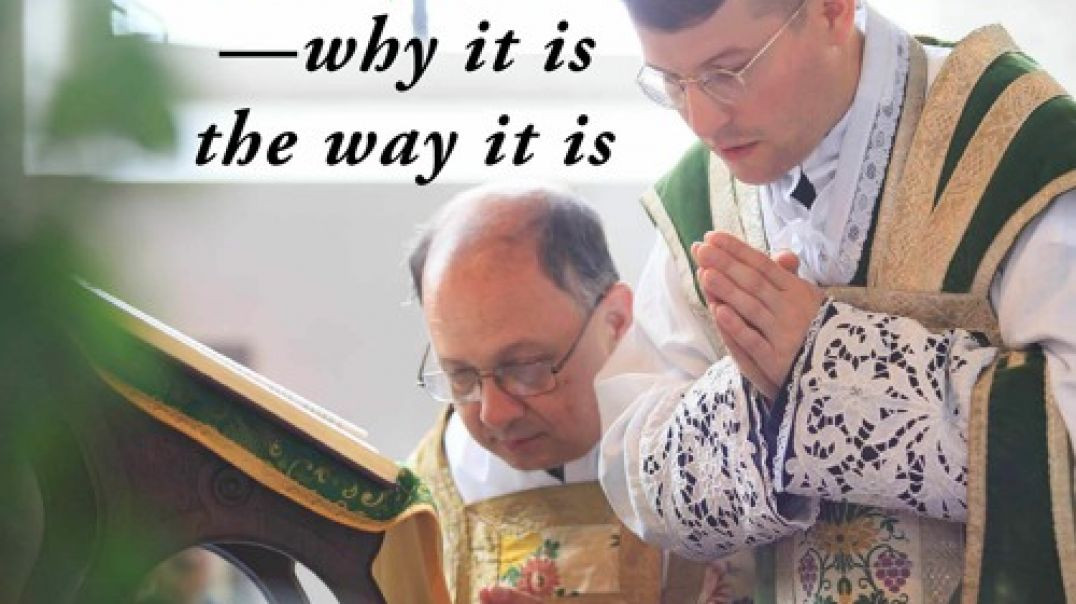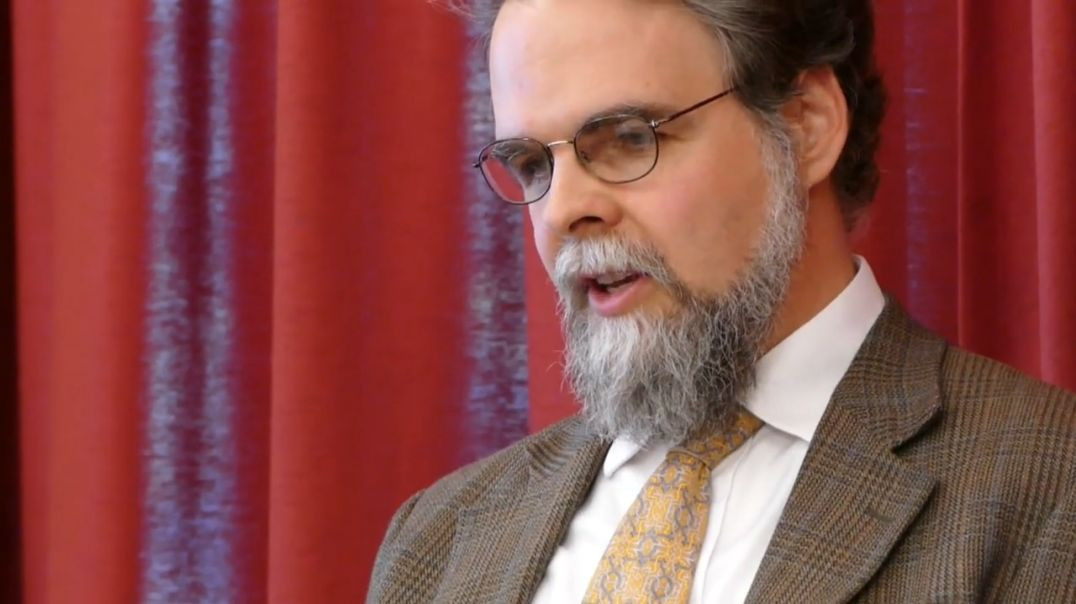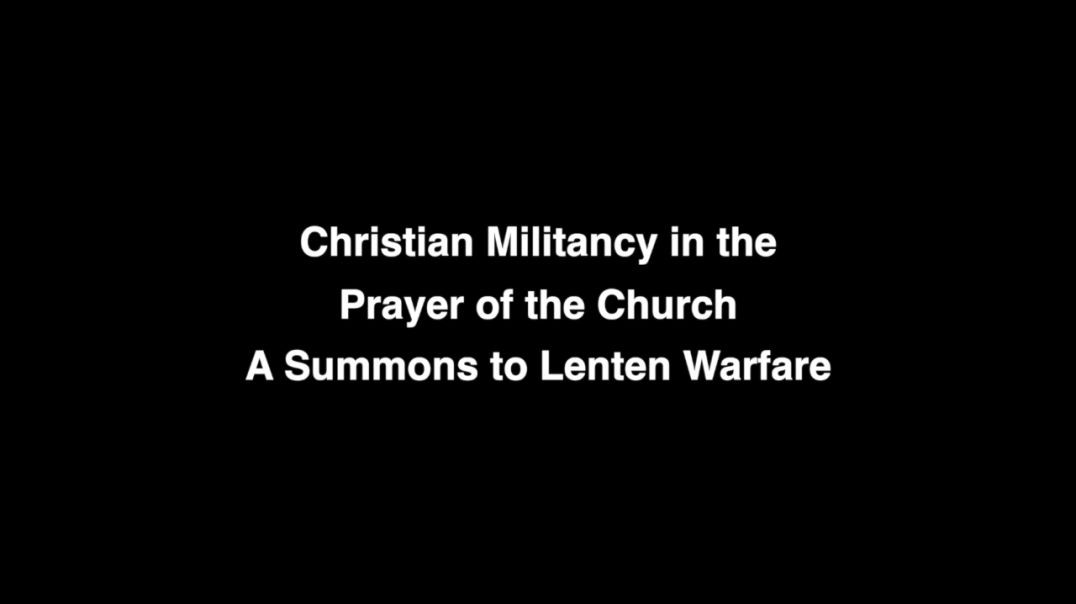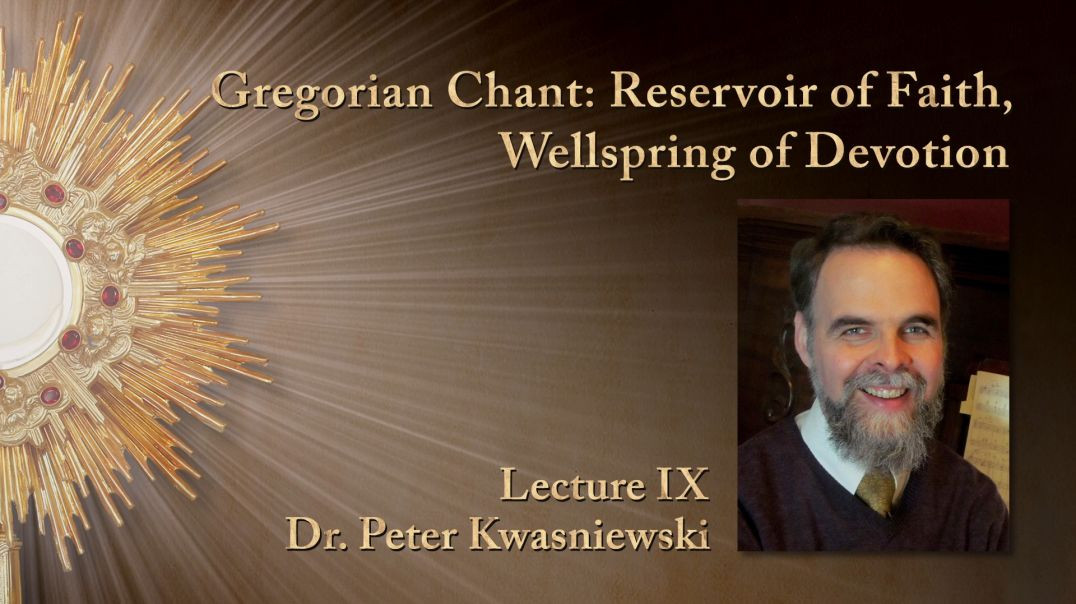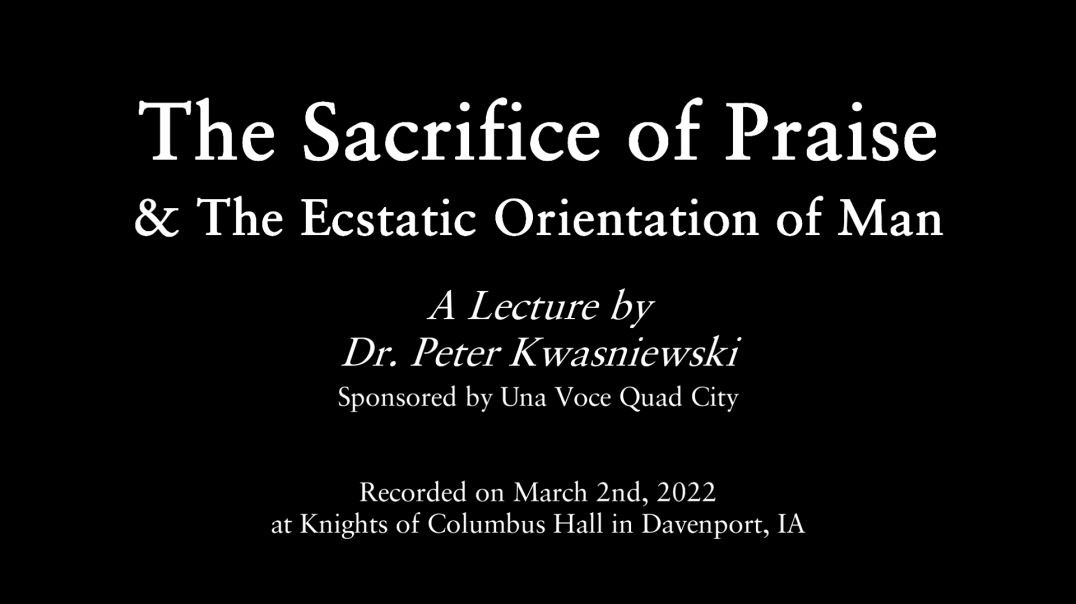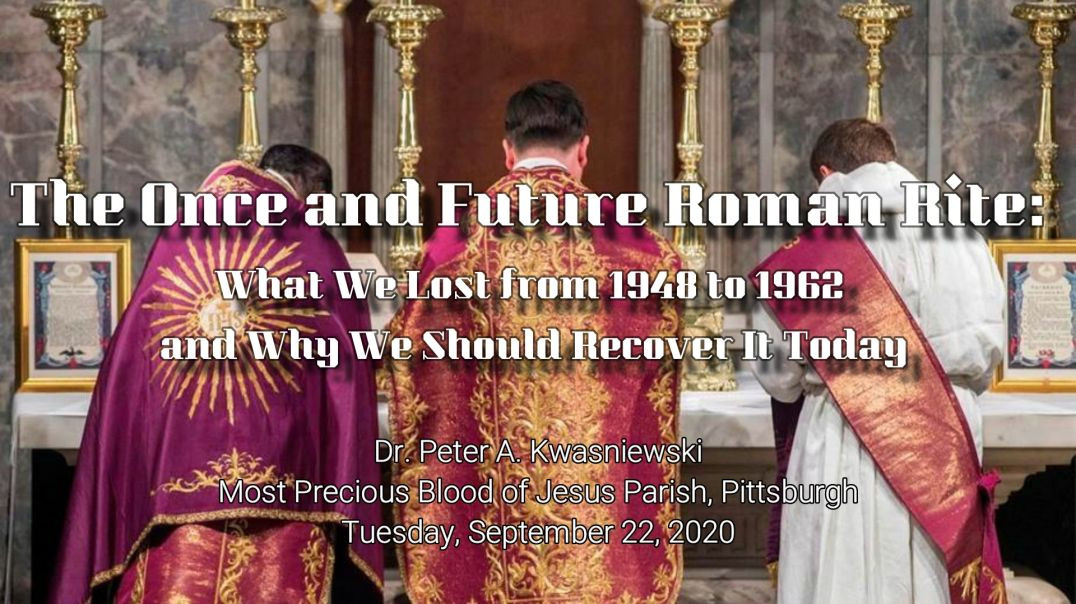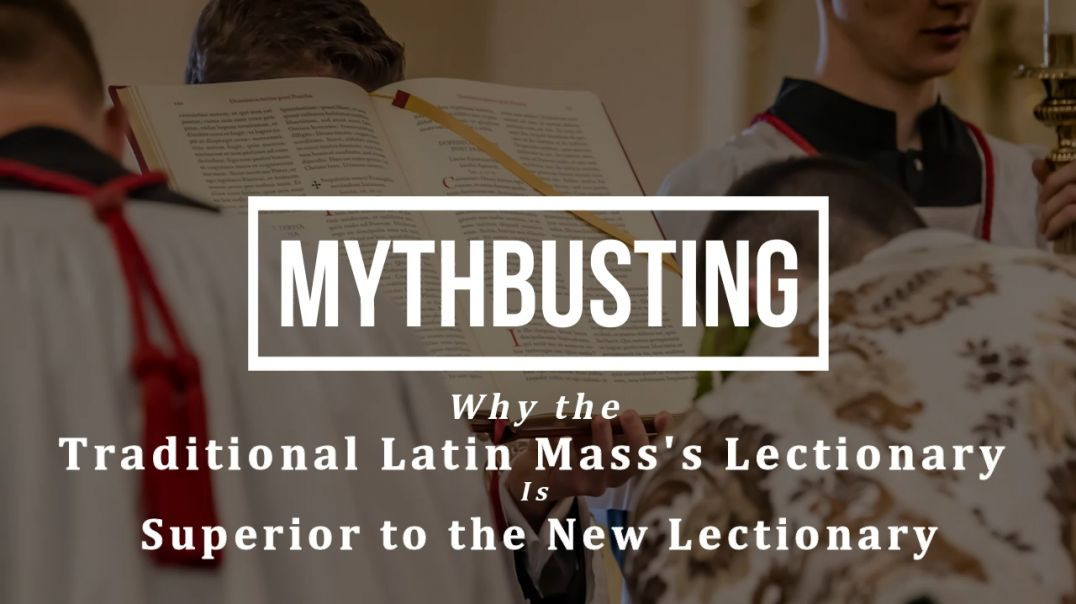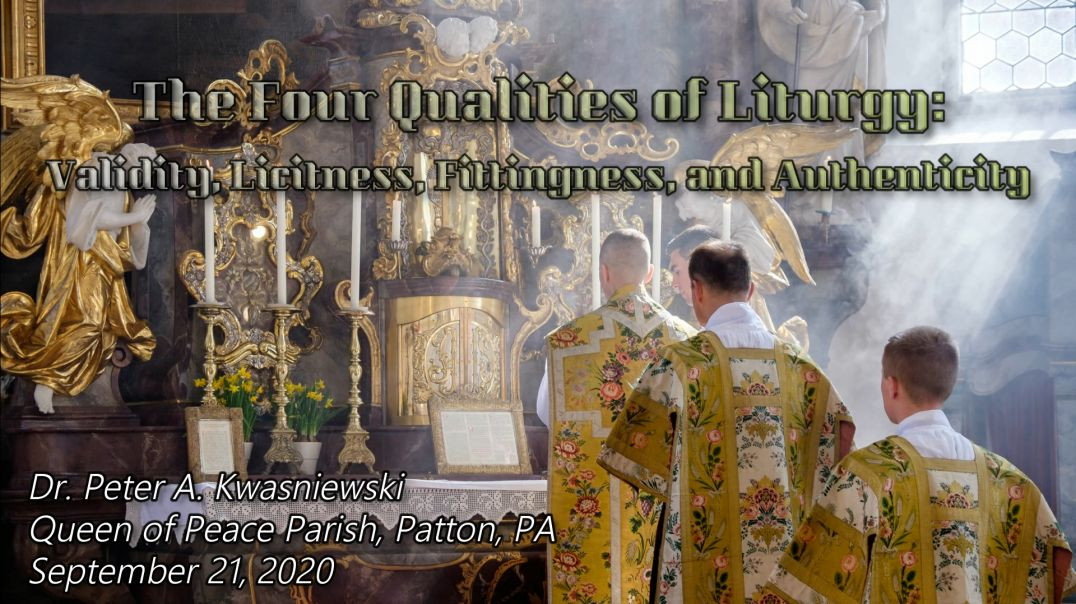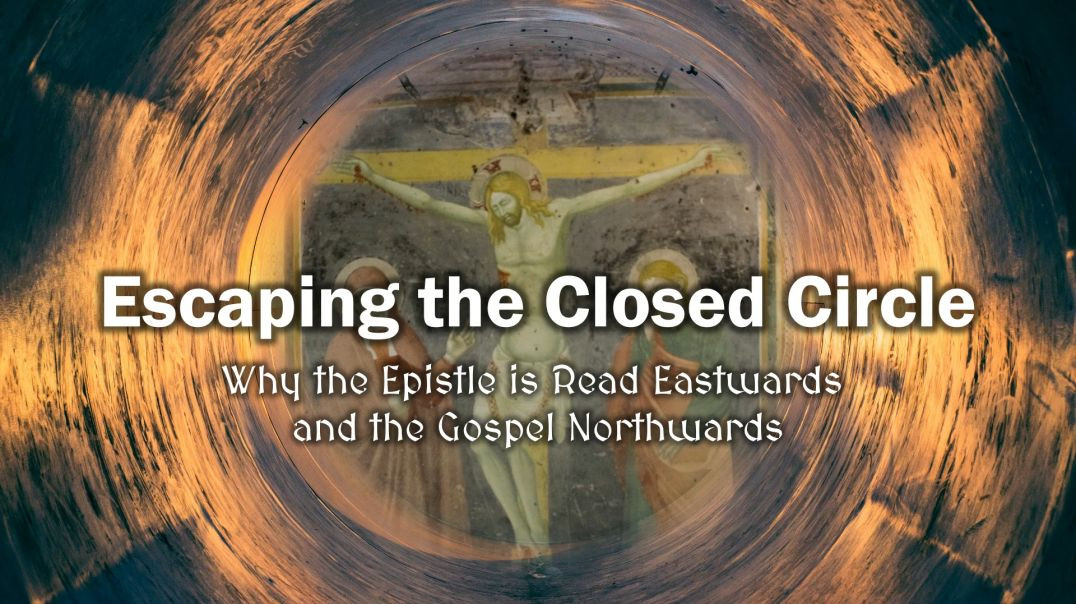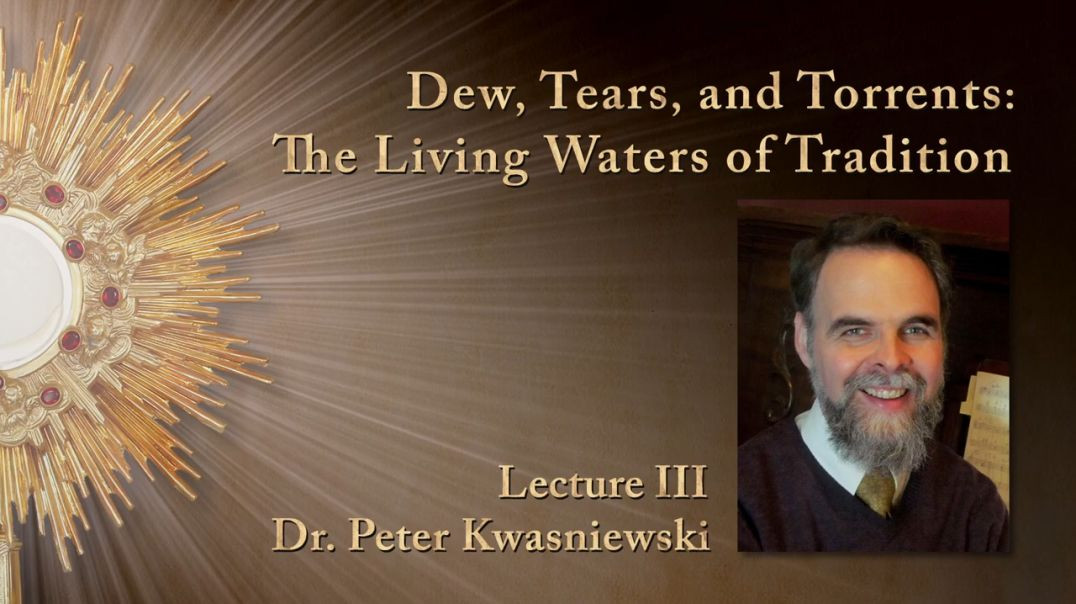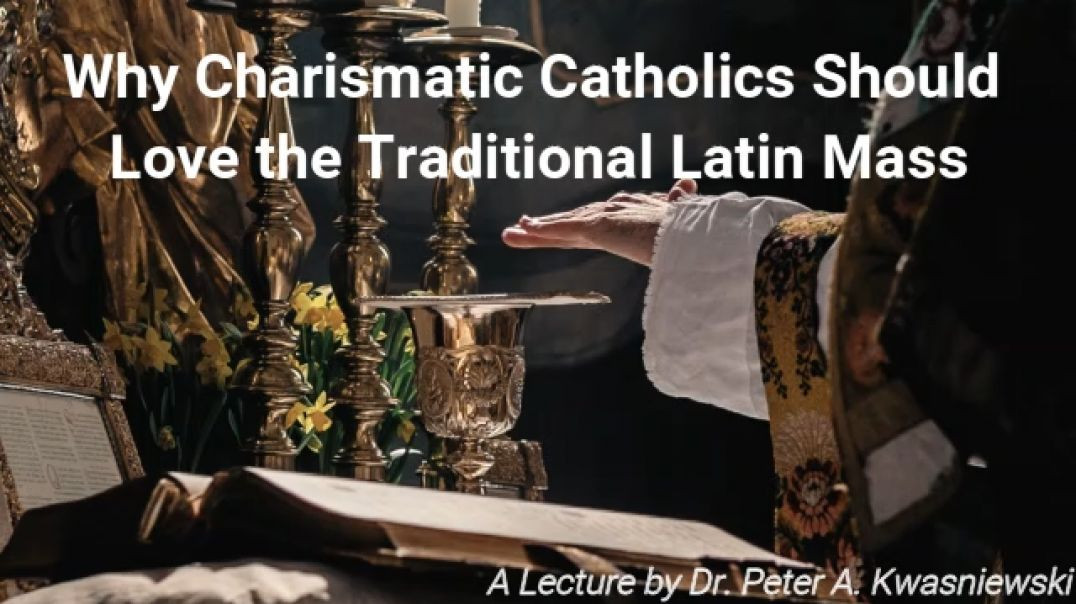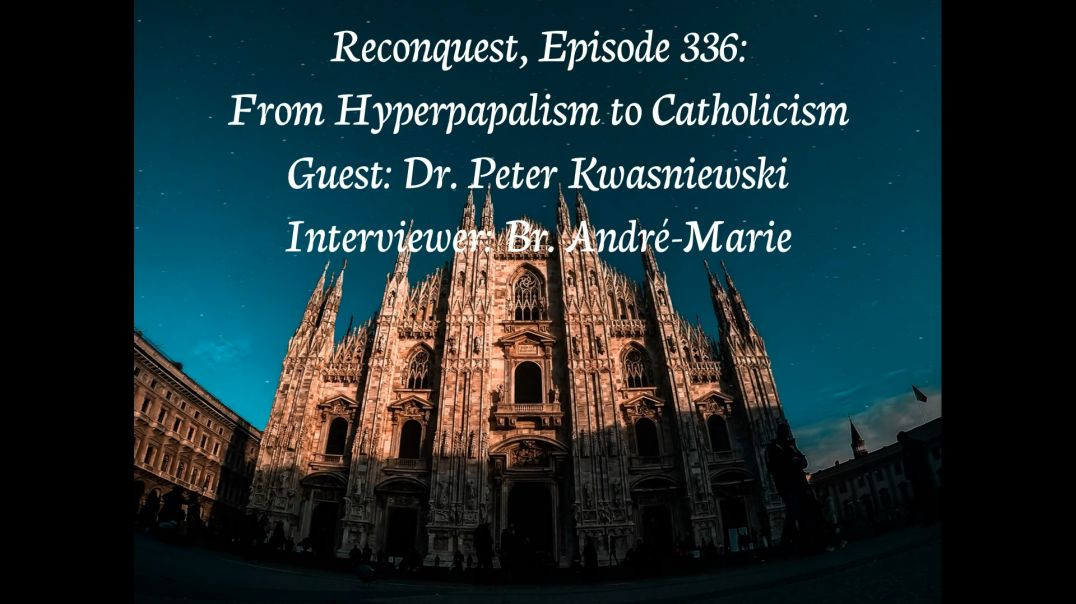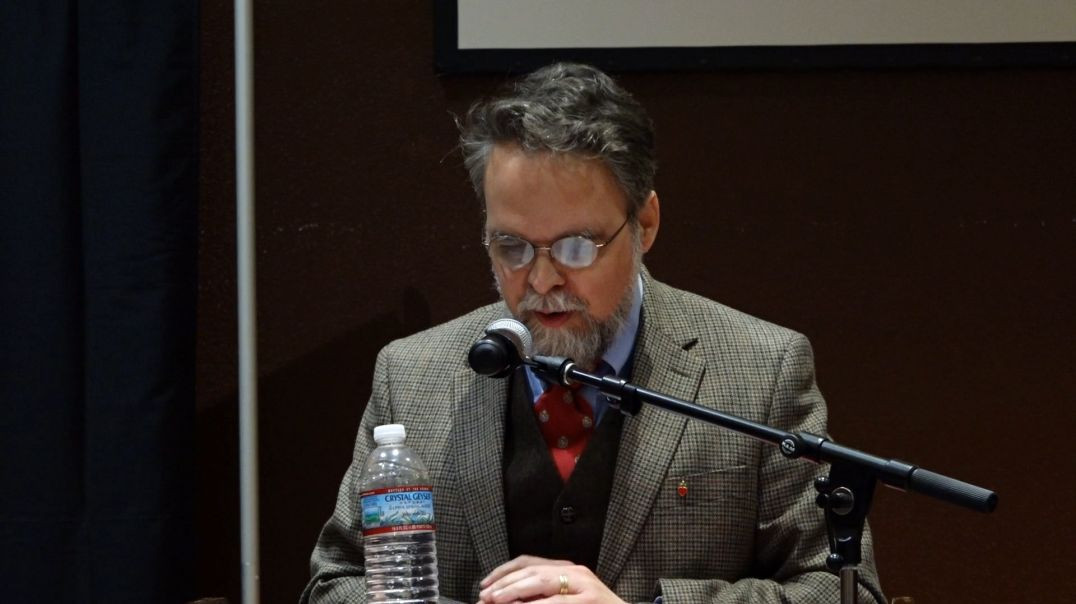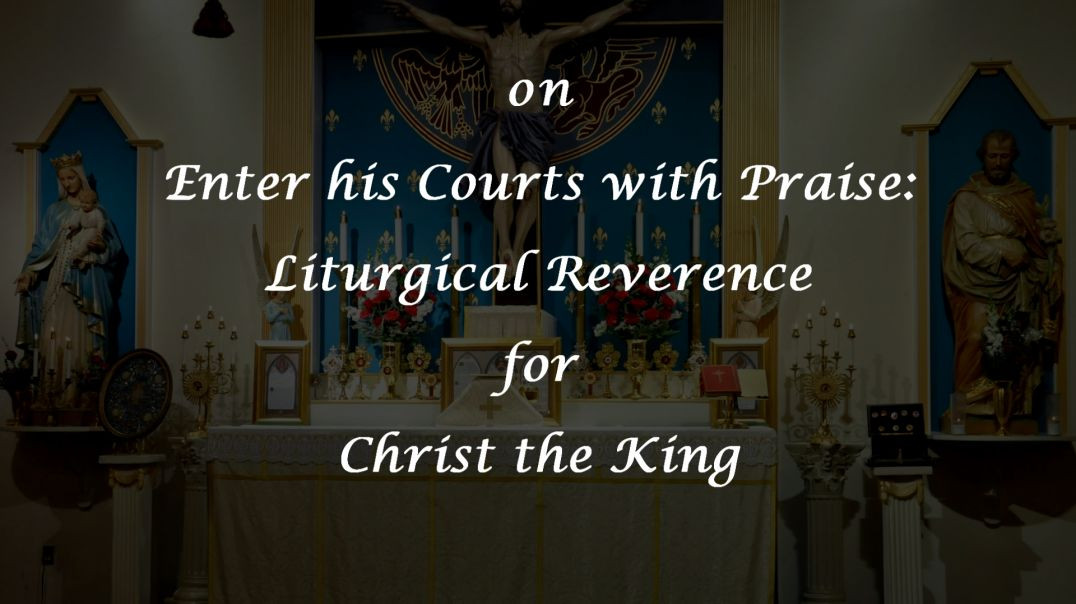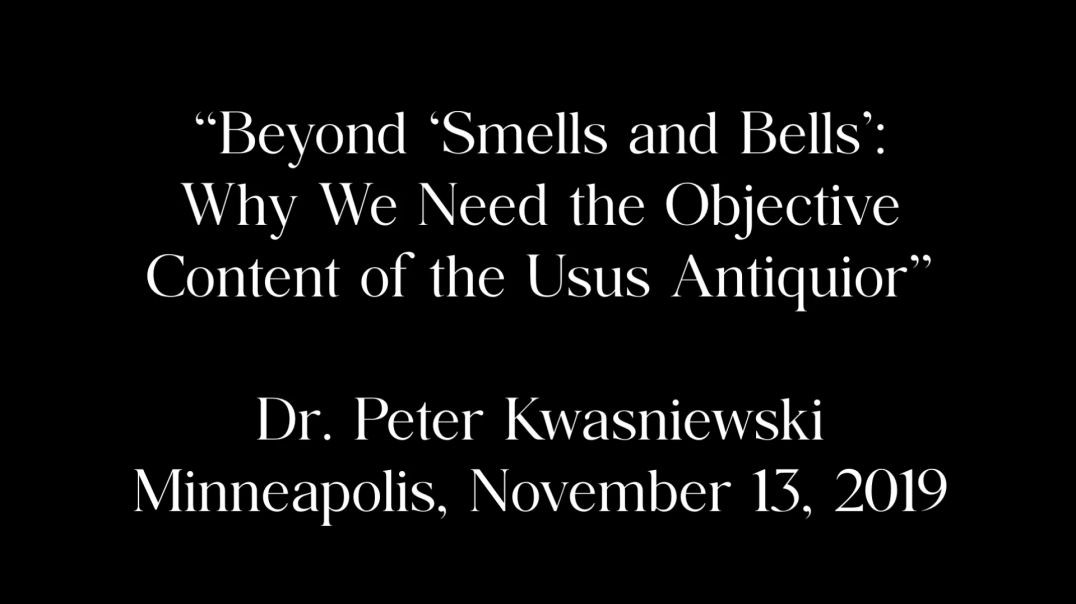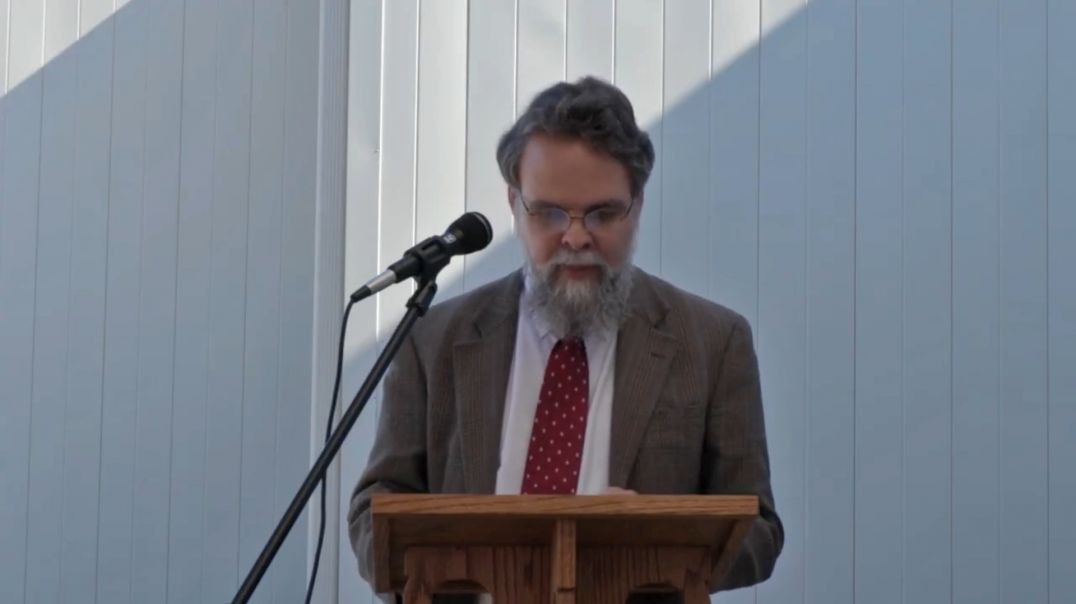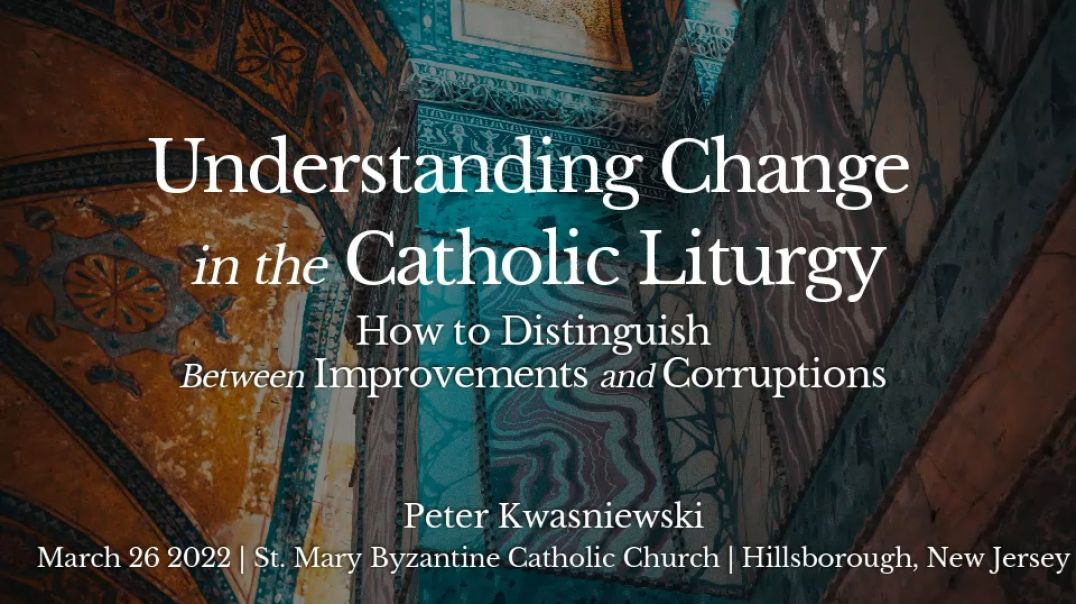
Professor Kwasniewski
|Subscribers
Latest videos
This lecture was given at Most Precious Blood of Jesus parish in Pittsburgh, which is run by the Institute of Christ the King Sovereign Priest. The topic is what the Roman rite lost between 1948 and 1962 and why we should recover it today. In order to impose reasonable limits, the focus is on the Mass, and, more particularly, Palm Sunday, the Easter Triduum, the Vigil of Pentecost, Corpus Christi, and the feast of the Holy Innocents, followed by five general features of Mass. Lastly, Dr. Kwasniewski turns to some practical and canonical issues, including the question of what kind of permission is necessary in order to recover these lost elements.
Dr. Thomas Curran of My Catholic Faith Ministries and Sound Insight (https://mycatholicfaith.org/) interviews Dr. Peter Kwasniewski, prompted by his book "Reclaiming Our Roman Catholic Birthright: The Genius and Timeliness of the Traditional Latin Mass." Dr. Curran wants to understand: "Why is this Mass so effective at communicating and supporting the Catholic Faith? Why do we need it in the Church today, right now, and everywhere?" Join us for an invigorating and wide-ranging conversation.
–*–*–*–*–*–*–*–*–*–*–*–*–*–*–*–*–*–*–*–*–*–*–*–*–*–
Personal Website: https://www.peterkwasniewski.com/ | Composer site: https://cantabodomino.com/ | Publishing: https://osjustipress.com/
Sign up for my Substack: https://traditionsanity.substack.com/
This lecture was delivered at Prince of Peace Catholic Community in Houston, TX, on November 23, 2019. In it, I explain what is meant by "participation" in the Mass and then explain how the "Extraordinary Form" of the Roman Rite (the traditional Latin Mass) actually fosters a fuller and more perfect participation than its modern replacement. The liturgical reform put the laity's participation above everything else, but ironically, by not letting the focus remain on the primacy of the action of Christ the High Priest and the higher human faculties, it ended up producing a liturgy that works against, rather than in favor of, the transformation of the believer in(to) Christ. The Tridentine Mass, in contrast, has a multitude of ways of drawing us in and plunging us deeply into the mystery.
This lecture became, in a rewritten form, chapter 3 of my book "Reclaiming Our Roman Catholic Birthright: The Genius and Timeliness of the Traditional Latin Mass." The book is available from Amazon and its affiliates:
https://www.amazon.com/Reclaim....ing-Our-Roman-Cathol
–*–*–*–*–*–*–*–*–*–*–*–*–*–*–*–*–*–*–*–*–*–*–*–*–*–
Personal Website: https://www.peterkwasniewski.com/ | Composer site: https://cantabodomino.com/ | Publishing: https://osjustipress.com/
Sign up for my Substack: https://traditionsanity.substack.com/
This lecture, given at Prince of Peace Catholic Community in Houston, TX, on Saturday, November 23, 2019, is meant as a wide-ranging introduction to the Extraordinary Form or Traditional Latin Mass of the Roman Rite -- "why it is the way it is, and acts the way it acts." The lecture was subsequently revised and published as chapter 2 of my book "Reclaiming Our Roman Catholic Birthright: The Genius and Timeliness of the Traditional Latin Mass" (Angelico, 2020).
The book is available from Amazon and its affiliates:
https://www.amazon.com/Reclaim....ing-Our-Roman-Cathol
–*–*–*–*–*–*–*–*–*–*–*–*–*–*–*–*–*–*–*–*–*–*–*–*–*–
Personal Website: https://www.peterkwasniewski.com/ | Composer site: https://cantabodomino.com/ | Publishing: https://osjustipress.com/
Sign up for my Substack: https://traditionsanity.substack.com/
This panel discussion, featuring Dr. Thomas Stark, Pater Edmund Waldstein, and Dr. Peter Kwasniewski, moderated by Wolfram Schrems, took place in Vienna on April 2, 2017, as part of the Austrian launch of the German edition of "Resurgent in the Midst of Crisis." A transcript of the discussion is published as chapter 9 of "Tradition and Sanity: Conversations and Dialogues of a Postconciliar Exile" (Angelico, 2018), pp. 99-116.
–*–*–*–*–*–*–*–*–*–*–*–*–*–*–*–*–*–*–*–*–*–*–*–*–*–
Personal Website: https://www.peterkwasniewski.com/ | Composer site: https://cantabodomino.com/ | Publishing: https://osjustipress.com/
Sign up for my Substack: https://traditionsanity.substack.com/
This lecture was given by Dr. Peter Kwasniewski at Assumption Grotto in Detroit on March 6, 2022. The talk was sponsored by Call to Holiness. PLEASE NOTE: The first 2 minutes and 15 seconds have a poorer sound quality than the remainder of the lecture, so hang in there! (After 2'15", the head-mic kicks in.)
This presentation — given at the Sacred Liturgy Conference in Spokane, Washington, in May 2019 — explains why Gregorian chant is the supreme model of sacred music, a reservoir of faith and a wellspring of devotion. It has three parts: (1) a rapid sketch of the history of chant in the Western liturgy; (2) why we sing our liturgy rather than merely speaking it; (3) the eight characteristics that make Gregorian chant uniquely suited to the Catholic liturgy. Visual images and musical examples are included.
Dr. Peter Kwasniewski gave this lecture in Davenport, IA, on March 2, 2022, at a gathering sponsored by Una Voce Quad City. The full text is available at New Liturgical Movement (published on Monday, March 14, 2022).
The talk explains the unique nature of the form of prayer known as praise, which is done solely for God, because of His goodness. This praise finds its highest expression in the "sacrifice of praise," that is, the Holy Mass. For this ultimate prayer, only the "ad orientem" stance is appropriate: orientation away from self, this world, the immediate community, and toward God, the world to come, the kingdom of the saints, reflects man's "ecstatic nature" as made to the image and likeness of God, destined to find his happiness outside of himself, and in contemplation rather than construction or mastery. This analysis allows us to identify several key errors plaguing modern styles of liturgy.
This lecture was given at Most Precious Blood of Jesus parish in Pittsburgh, which is run by the Institute of Christ the King Sovereign Priest. The topic is what the Roman rite lost between 1948 and 1962 and why we should recover it today. In order to impose reasonable limits, the focus is on the Mass, and, more particularly, Palm Sunday, the Easter Triduum, the Vigil of Pentecost, Corpus Christi, and the feast of the Holy Innocents, followed by five general features of Mass. Lastly, Dr. Kwasniewski turns to some practical and canonical issues, including the question of what kind of permission is necessary in order to recover these lost elements.
While almost every other aspect of the liturgical reform following Vatican II has been the target of serious and sustained criticism, the revamped multi-year lectionary is the one element consistently put forward as a notable success, an instance of genuine progress. Yet are there reasons to believe that the ancient lectionary from the first millennium that we use in the TLM today — and, in general, the ancient approach to Scripture in the Mass — has more to be said on its behalf than we’ve been led to think? Could it be that here, too, the Church knew what she was doing for centuries?
Talk given at Velocity All Sports in Mokena, Illinois, on March 7, 2022, sponsored by the Coalition for Canceled Clergy. Includes extensive Q&A after the talk.
Lecture I gave at Queen of Peace Parish in Patton, Pennsylvania, on September 21, 2020, a video of which has also been posted at YouTube (here). Although certain ideas in this talk have been discussed in other articles of mine, the synthesis offered here represents, for me at least, an intellectual breakthrough in responding to what I have increasingly come to see as the impoverished state of liturgical discourse, which is typically limited to only two categories (validity and liceity). Although much attention is paid to fittingness in the realm of sacred art, it deserves to be considered a liturgical category alongside the aforementioned pair; and finally, joining these must be the category of authenticity or legitimacy, as an irreducibly distinct perfection. Only by considering all four qualities can we arrive at an adequate assessment.
In this lecture, Dr. Kwasniewski focuses on the Mass of Catechumens (the first part of the traditional Latin Mass) and explores why the Epistle and Gospel are read to the east and the north, respectively. At a Solemn Mass—the most ancient and fullest form of the Roman rite, with priest, deacon, and subdeacon—the subdeacon chants the Epistle on the right side of the sanctuary, standing ad orientem, that is, toward the sanctuary wall on or before which the altar is mounted. If we think the reading is just a moment of instruction for the benefit of the congregation, it will strike us as odd that he's chanting it facing away from the people. Similarly, after the interlectional chants have been sung, the deacon, subdeacon, and acolytes form a small procession to the place where the Gospel will be chanted, and the deacon proclaims it facing northwards—on the left side of the church, facing the left wall: again, not towards the people present. In both cases, it’s clear that “something is up.” This centuries-old rite must be doing this not at random but for a reason. What is that reason? As we delve into the symbolic dimensions of it, we find opening before us depth upon depth of theological doctrine and spiritual nourishment.
Given at St. Mary of Redford Catholic Church in Detroit on March 5, 2022. There is also a half-hour Q&A in a separate video.
Given at the Sacred Liturgy Conference in Spokane, Washington, in 2019, this lecture explains why tradition is so central to the Catholic Faith (and always has been); looks at different kinds of tradition, how they interrelate, and why all of them are important; furnishes examples of people who were drawn closer to Christ through particular traditions, especially the TLM (Traditional Latin Mass); considers the devastating consequences of the banishment of many traditions after Vatican II; and refutes the common claim that all that matters at Mass is that "Jesus is present." Overall, the talk is a rousing defense of the "externals" and "trappings" of the Faith that progressives and liberals are so quick to dismiss or replace.
From the conclusion:
"What we need most in the Catholic Church today is not more accommodation to the tastes and tactics of the secular world, but a rekindling of the fire, light, and warmth that made the Old Evangelization successful and glorious. The revival of tradition is an extraordinary grace of our times, given in response to the alarming amnesia of identity, the crisis of fidelity and even of identity through which the Catholic Church is passing in our times. To use a medical metaphor, it is as if the recrudescence of modernist cancer is being met with the cellular regeneration of tradition."
N.B. A revised and expanded version of this lecture features as chapter 1 in my book, "The Once and Future Roman Rite: Returning to the Traditional Latin Liturgy after Seventy Years of Exile," published on October 4, 2022.
Amazon link: https://www.amazon.com/Once-Fu....ture-Roman-Rite-Trad
Publisher (TAN) link: https://tanbooks.com/products/....books/the-once-and-f
I gave this lecture on Wednesday, September 23, 2020, at the Franciscan University of Steubenville in Ohio. The purpose of my talk is not to critique the charismatic movement but to show how the things valued by members of that movement are found plentifully and profoundly in the traditional liturgy of the Roman Catholic Church, especially the Tridentine Mass. It is an invitation to reconnect with the fullness of our heritage. Will be appreciated also by those who have no connection to the charismatic movement.
In Hyperpapalism, Dr. Kwasniewski squarely confronts the situation of the Church today. Hyperpapalism is a major addition to the ever-growing critical literature now appearing on the crisis in the Church.
A lecture given by Dr. Peter Kwasniewski
St. Thomas Aquinas Catholic Church
Charlotte, North Carolina, USA
Saturday, November 6, 2021
Sponsored by the Charlotte Latin Mass Community
(https://charlottelatinmass.org/)
For those who would like to read more, I recommend my book "Reclaiming Our Roman Catholic Birthright" (Angelico Press):
https://www.amazon.com/Reclaim....ing-Our-Roman-Cathol
Why does Sacred Scripture end with the Book of Revelation? The reason is as simple as it is profound: Revelation is not merely or even primarily the closure of a written book but the beginning of, or opening to, something else intrinsically greater than Scripture: the living worship of the living Body of Christ. The essential vocation of the Church is the glorification of God and the sanctification of souls in time of tribulation. Moreover, the fundamental symbolic paradigm of worship according to Sacred Scripture and the entire Christian tradition is that God is our great King, ruling over all with the sceptre of righteousness; that Jesus Christ is the King of kings and Lord of lords, the Judge of the living and the dead; that heaven is His throne and earth His footstool; and that, in His holy court, a vast multitude of angels minister unto Him. This royal, monarchical, courtly imagery — so prominent in traditional rites such as the Tridentine Mass and the Divine Liturgy of St. John Chrysostom — is no mere time-bound cultural construct, ready to be replaced with a more democratic or populist convention in our times. The attempt to do so in the Novus Ordo distorted the content and manner of worship in accord with Revelation.
On the Fiftieth Anniversary of the Novus Ordo: Dr. Kwasniewski’s Lecture “Beyond ‘Smells and Bells’: Why We Need the Objective Content of the Usus Antiquior”
In his Apostolic Constitution Missale Romanum (April 3, 1969), Pope Paul VI specified that the Novus Ordo Missae would go into effect on the First Sunday of Advent that year — November 30, exactly fifty years ago. In my recent Minneapolis lecture, written with an eye to this important anniversary, I argue that the Novus Ordo Missae constitutes a rupture with fundamental elements of all liturgies of apostolic derivation, and that, as a consequence, it violates the Church’s solemn obligation to receive, cherish, guard, and pass on the fruits of liturgical development. Since this development is, in fact, a major way in which the Holy Spirit leads the Church “into the fullness of truth” over the ages, as Christ promised, so great a “sin against the Holy Spirit” cannot fail to have enormous negative consequences, as indeed the past five decades have verified. Nor is it possible to bridge the abyss between old and new by applying cosmetics or the drapery of elegant clothing, because the problem is on the order of a genetic mutation, or damage to internal organs. The profound and permanent solution is to maintain continuity with the living liturgical tradition found in the usus antiquior.
Catholics the world over have been disturbed, demoralized, scandalized, and galvanized by the recently completed Amazon Synod. In this lecture, given November 24 in Houston, Texas, I focus on four major topics: first, the violations of the first Commandment that took place at the Vatican; second, and following closely on the first, the confusion of inculturation with syncretism; third, the proposal to abolish mandatory clerical celibacy; and fourth, the proposal to ordain deaconesses. By the end, we will be able to see that a red thread connects all of these topics to each other.
How to distinguish between improvements and corruptions. Lecture given by Dr. Peter Kwasniewski at St. Mary Byzantine Catholic Church in Hillsborough, New Jersey on March 26, 2022.
